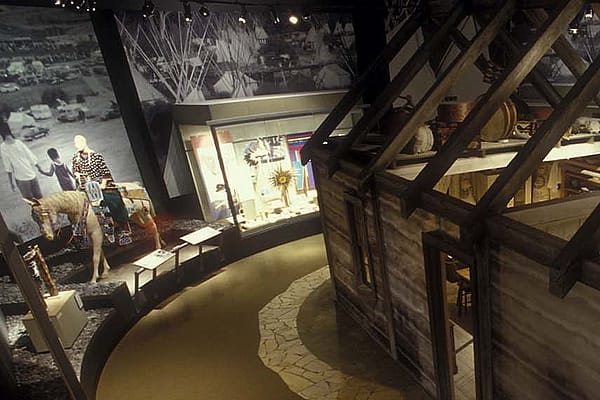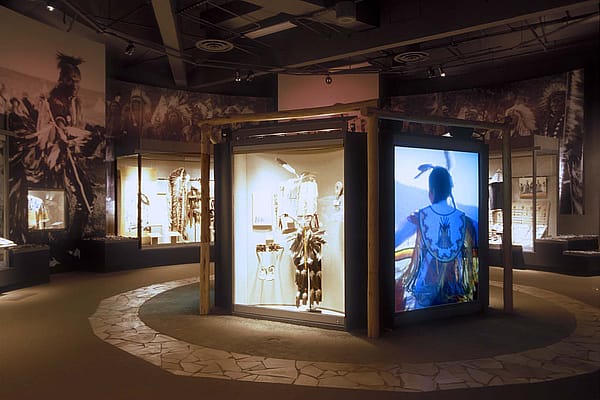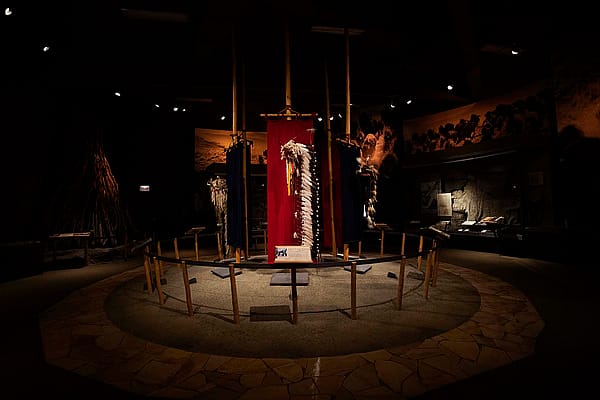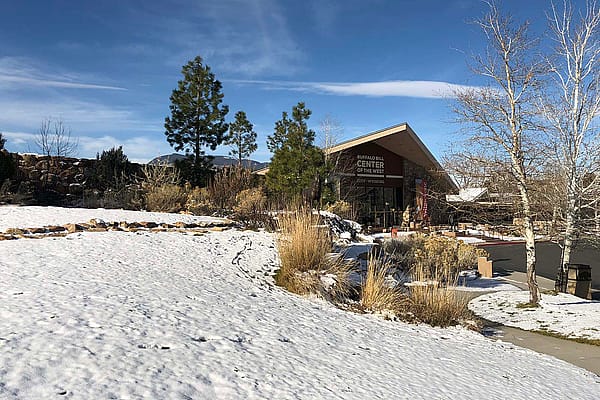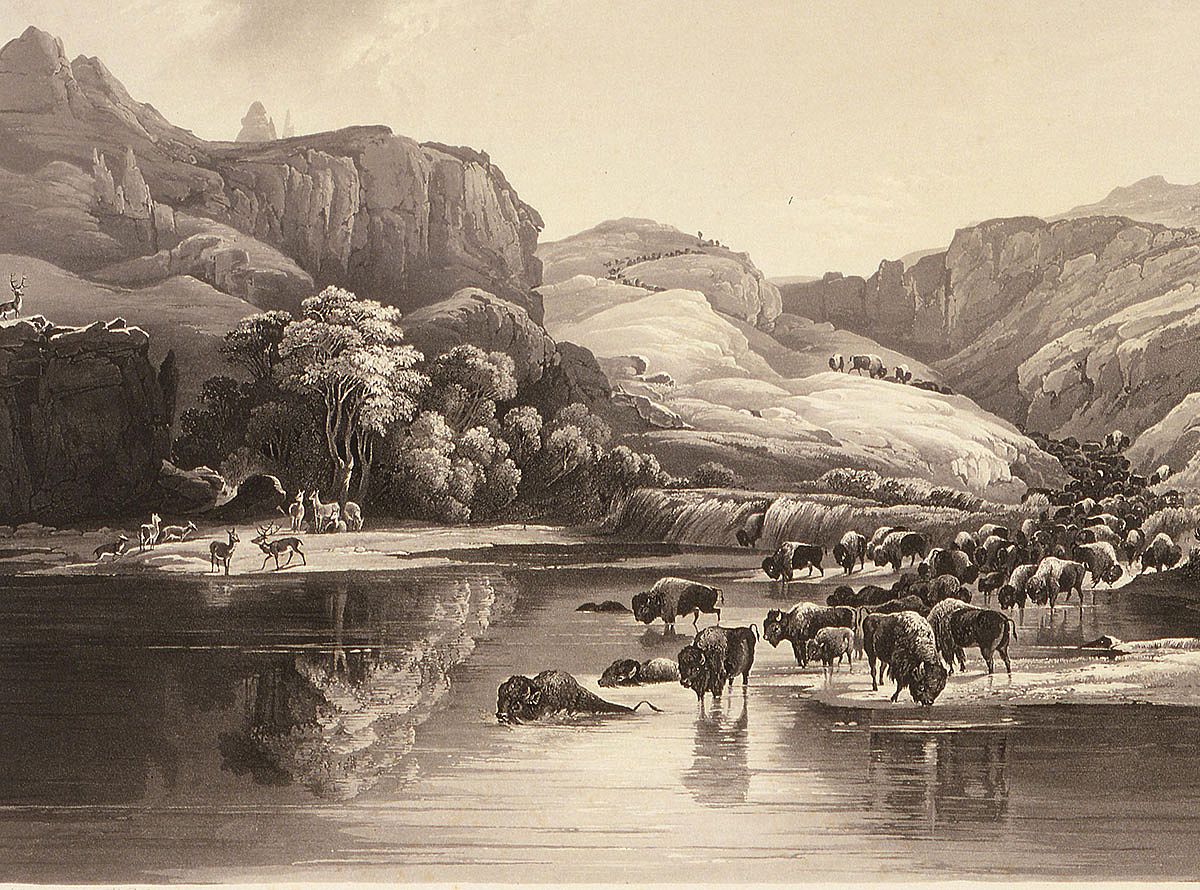
Bierstadt: Decimation of the Herds
Bierstadt used art as a platform to denounce the decimation of America’s most iconic and largest mammal. Some of his paintings present the bison as flourishing and others lament the species’ tragic disappearance.
From Minnesota to Louisiana, the whole country was one vast buffalo range. One could fill a volume with the records of pioneers who crossed that vast region between 1800 and 1870, and were in turn surprised, astounded, and frequently dismayed by the tens of thousands of buffaloes they observed, avoided, or escaped from. —William T. Hornaday, Superintendent of the National Zoological Park, 1889
Prior to European settlement in North America, an estimated 30–60 million bison lived on the continent. For thousands of years, Native peoples hunted bison as a source of food and used many non-edible parts of the animal to make functional or ceremonial items.
When artist Karl Bodmer saw them in 1834, bison were ubiquitous in the West. By the late 1800s, however, bison population numbers dwindled to the hundreds and a small herd in the newly-established Yellowstone National Park faced pressure by poachers. A combination of disease, loss of habitat, and unrestrained hunting decimated bison populations.
Written By
Nancy McClure
Nancy now does Grants & Foundations Relations for the Center of the West's Development Department, but was formerly the Content Producer for the Center's Public Relations Department, where her work included writing and updating website content, publicizing events, copy editing, working with images, and producing the e-newsletter Western Wire. Her current job is seeking and applying for funding from government grants and private foundations. In her spare time, Nancy enjoys photography, reading, flower gardening, and playing the flute.
